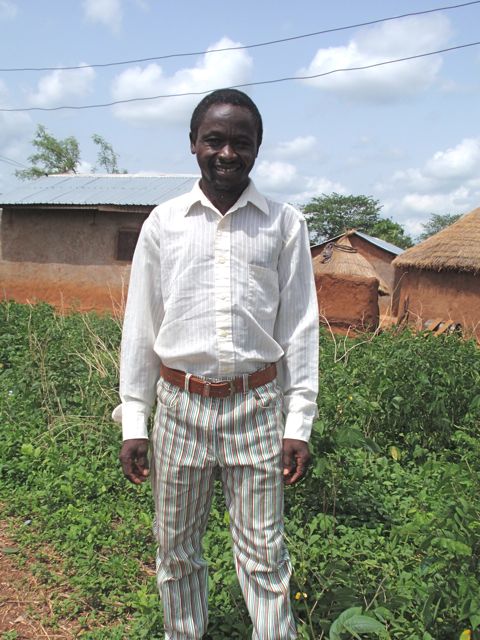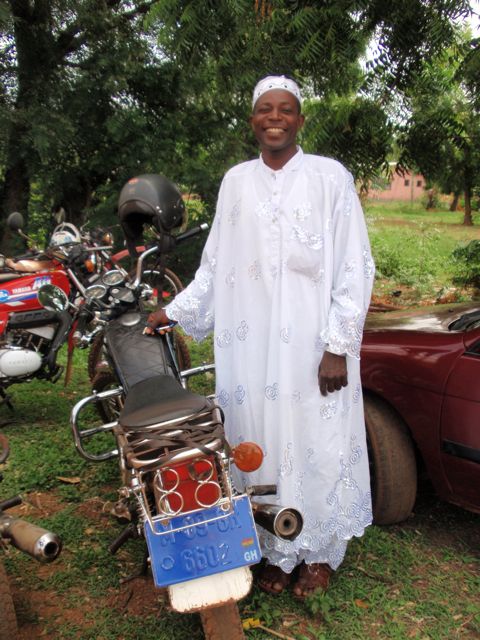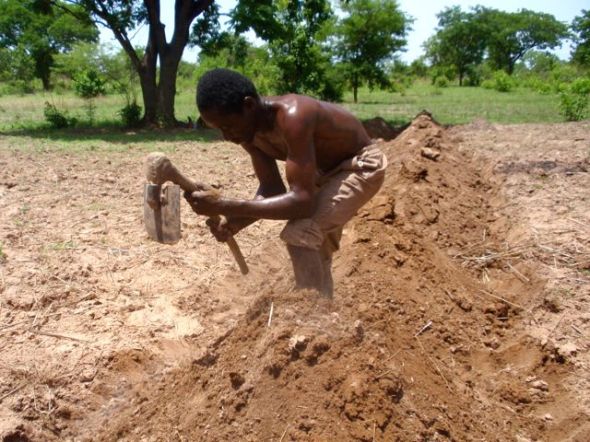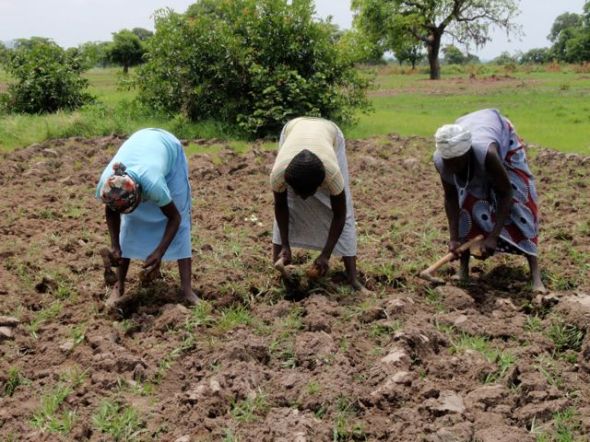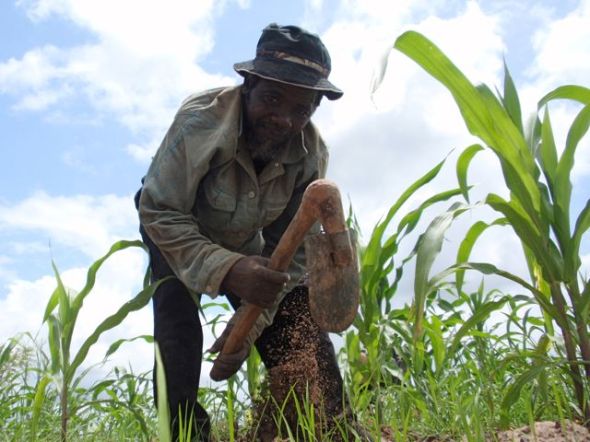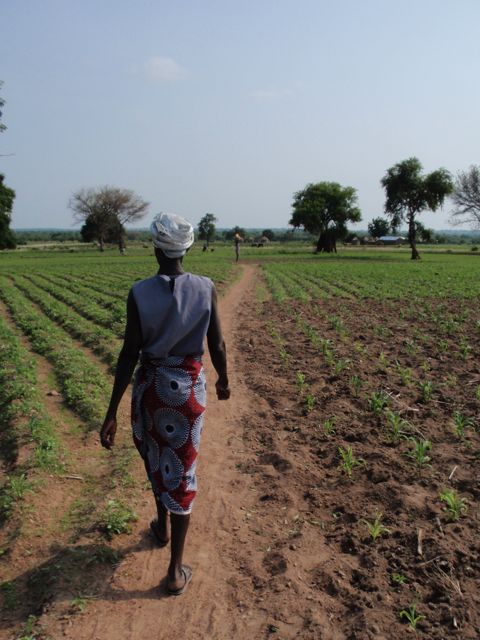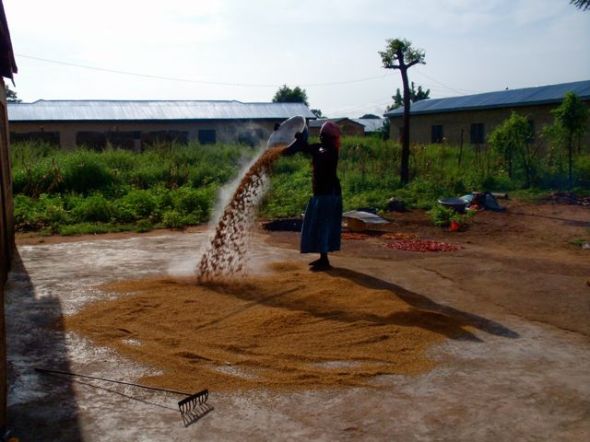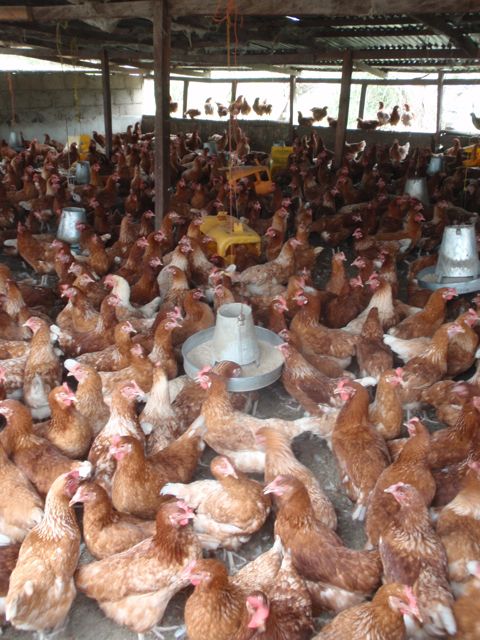As I near the end of my 3-year contract with EWB, I’ve been thinking a lot about what I know. I’ve spent the past several months transitioning with my successor, Miriam Hird-Younger (who writes this fantastic blog). The transition involves showing her the ropes of the management position, passing off relationships within the sector, giving her gradual responsibility over running the team and emptying my brain of all the little facts and anecdotes I’ve gathered over the past three years about agriculture in Ghana. So, what do I know?
I’ve documented a lot of what I know on this blog: failures in the development sector, what drives performance within the government, how to think about change strategies and more. There are big things, like the on-the-ground realities of multimillion dollar development projects, and small things, like contact information for district directors. But which parts matter? Which parts should I focus on transitioning, and which can I allow to get lost? Which parts will help us achieve the changes we wish to see in the sector, and which are extraneous information? This is what I’ve been pondering.
I’m a big believer in context; I think it’s one of the things that sets EWB staff apart from many other well-meaning development workers. What are projects really accomplishing? How do farmers feel about it? Why are extension agents taking part? What changes do they really want to see? What actually spurs behaviour change among farmers or government workers? We take the time necessary to find out what things are really like on the ground, then use that context to inform our work. It’s both tactical, as it builds our credibility with bigger players in the sector, and strategic, as it allows us to design our strategies in line with ground realities and real forces for change.
So how do we get context? The AgEx team has tried several different ways:
- village stays (4-7 days)
- living with farmers (several months)
- immersion periods (1-2 months, usually with lots of travel)
- field research (several weeks)
- immersion in district offices (several months or years)
Each of these different info-gathering methods has a cost. It’s usually not monetary – we never pay more than a few cedis for fuel money – but we cash in some of our social capital, accrued over the past several years of EWB’s work with districts. There is also the opportunity cost to the team, as a staff member spends time gathering information rather than creating change. As I see it, there are three main categories when it comes to cost:
- extractive – short-term, low-trust relationships, more “Q&A” style – high cost
- back-and-forth – long-term, high-trust relationships, more “conversation” style – low cost
- being in the right place at the right time – priceless
As you can see, it costs us more to get information in certain circumstances. So, what are we getting for the price we’re paying?
These different info-gathering methods also get us different types of information. Field research often leads to the “usual” answers. It’s hard to go beyond that without taking advantage of a high-trust relationship, either our own or through an extension agent. Conversely, the longer we stay in one place, whether with a farmer or in a district office, the more we build trust and unlock access to “insider info” and deeper insights.
So what?
These insights are definitely more interesting, and therefore more rewarding to find out. But does this really make a difference to our change strategy? What’s wrong with the usual answers? What types of information are we actually missing that will inform a better strategy, and how will we go about filling these gaps? We need our info-gathering methods to be more tailored to the actual information we seek to gain. And, we need to be willing to pay the cost – it has to be worth it.
But even as I write this, I question what I’m saying. Do we really need to be so targeted? Looking only for certain things, ignoring all the rest? Some of the best stuff I’ve learned has been during “in the right place at the right time” moments, like being part of a district staff meeting, or out on an extension visit unrelated to my direct work objectives. As I said above, I’m a strong believer in context, and I believe it’s what sets EWB apart. But it’s not just good luck. Being conscious of what we can expect from different info-gathering methods will help us tailor our learning opportunities to be in the right place at the right time.
What do you think about the value and cost of information? What experiences or learning have most shaped your work? Was the learning experience carefully crafted, or were you simply in the right place at the right time?


